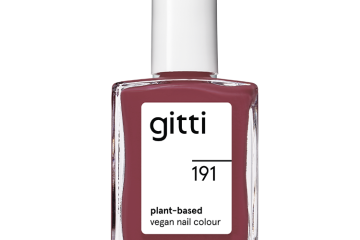The Enduring Appeal of McDonald’s Happy Meals

Introduction: The Importance of Happy Meals
Launched in 1979, McDonald’s Happy Meals have become an iconic staple of childhood dining experiences. Known for their combination of a meal, a drink, and a toy, these meals are not just about satisfying hunger but also about creating joy and excitement for children. As families increasingly seek quick and convenient meal options, the relevance of Happy Meals has only grown, reflecting changing consumer preferences and societal trends.
The Evolution of Happy Meals
Over the years, McDonald’s has consistently evolved its Happy Meal offerings. Initially designed to cater solely to children, the menu has expanded to include healthier options, such as fruit and low-fat milk, in response to growing concerns over childhood obesity and nutrition. In 2021, for instance, the chain announced its commitment to including more nutritional options alongside a focus on transparency regarding ingredient sourcing and nutritional information.
Partnerships and Promotions
In addition to menu changes, McDonald’s frequently collaborates with popular brands and franchises, offering themed toys tied to movies or characters that resonate with children. The recent partnership with ‘Minions: The Rise of Gru’ saw a resurgence in Happy Meal popularity, as excited fans flocked to get exclusive collectible figures. This strategic marketing not only boosts sales but also fosters emotional connections with young customers, ensuring the Happy Meal remains at the forefront of children’s minds.
Social Impact and Cultural Significance
There’s more to Happy Meals than just toys and food; they have become a cultural phenomenon. The Happy Meal box itself has undergone several redesigns reflecting seasonal themes and environmental considerations. McDonald’s has aimed to introduce eco-friendly packaging, an initiative that resonates with environmentally conscious parents. Moreover, the meals have been associated with childhood memories and nostalgic experiences, leading multiple generations to appreciate the brand. This aspect positions Happy Meals as more than just fast food but as part of a larger family tradition.
Conclusion: The Future of Happy Meals
As McDonald’s continues to adapt to changing consumer needs and preferences, the Happy Meal’s legacy is expected to endure. With emphasis on nutrition, sustainable practices, and market adaptations, there is a promising outlook for the future of Happy Meals. This not only provides a sense of comfort for families but also assures parents that fun meals can also align with health-conscious choices. As we await the next wave of exciting offers, one thing is clear: McDonald’s Happy Meals will be a beloved treat for years to come.




